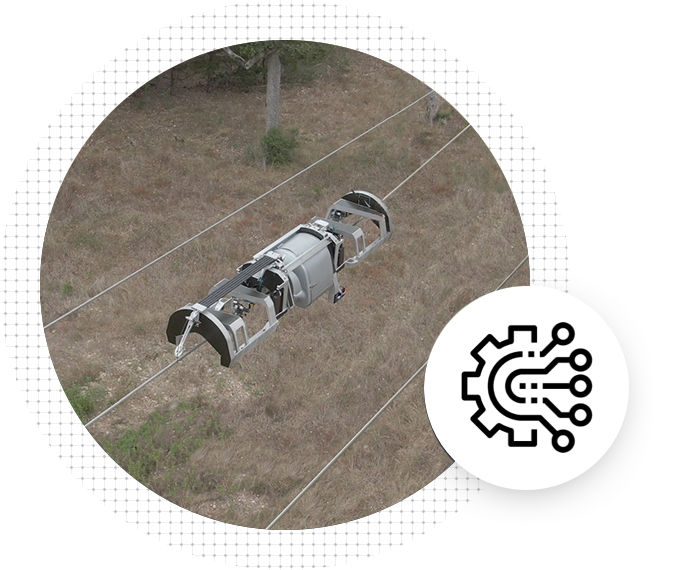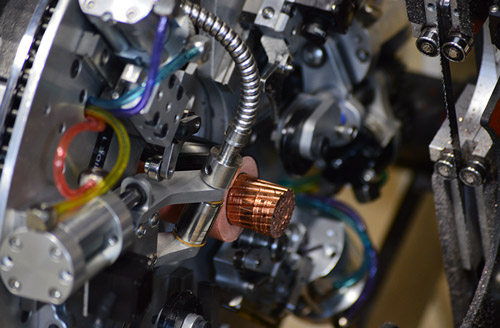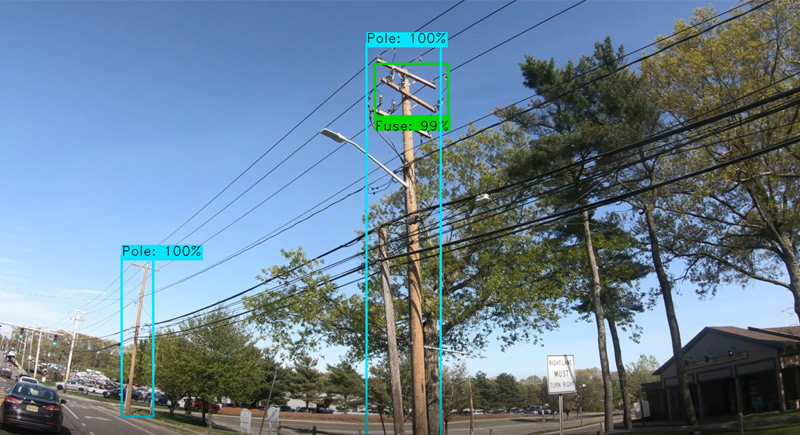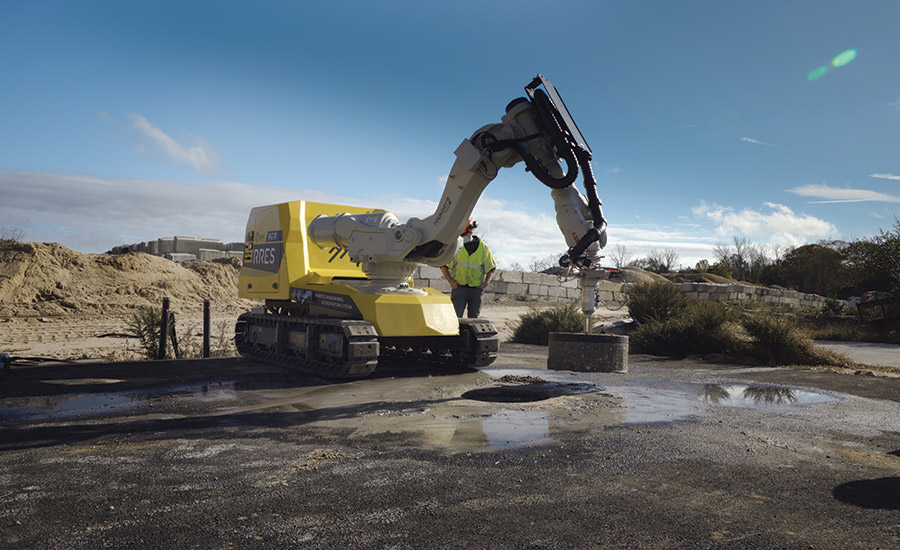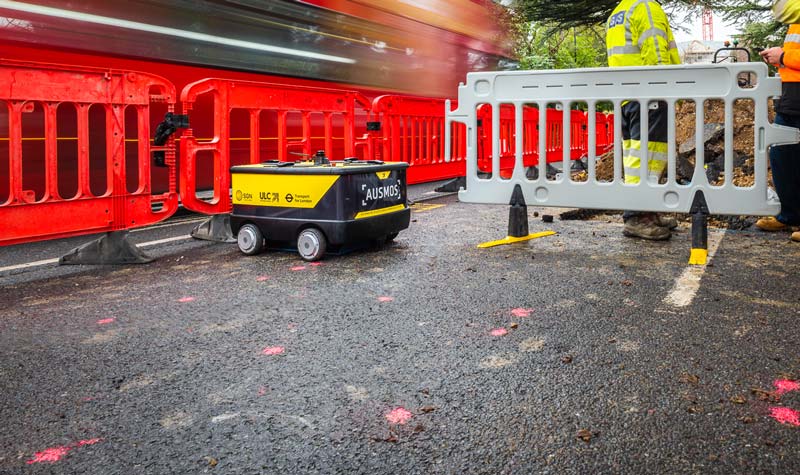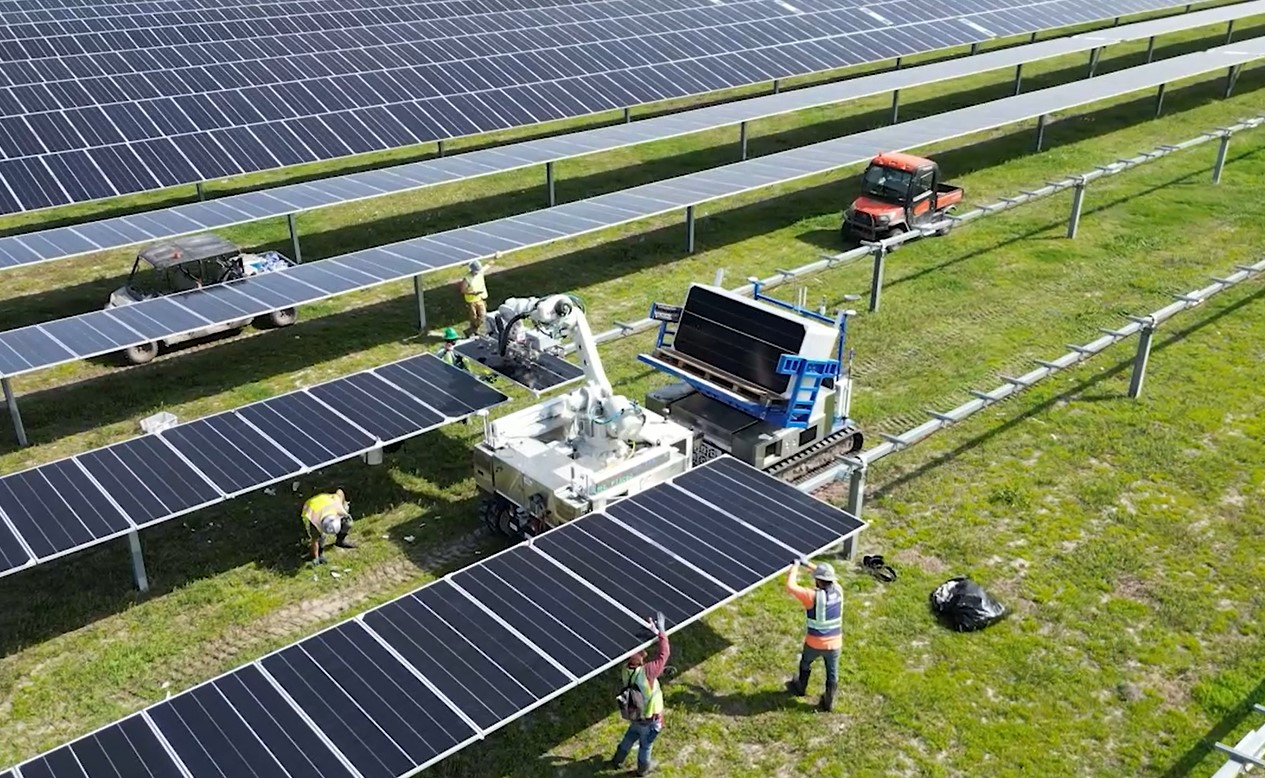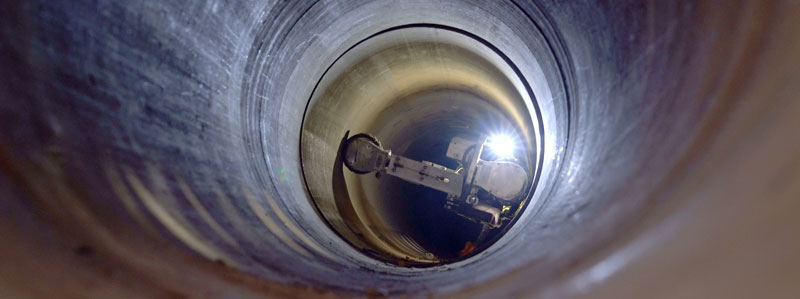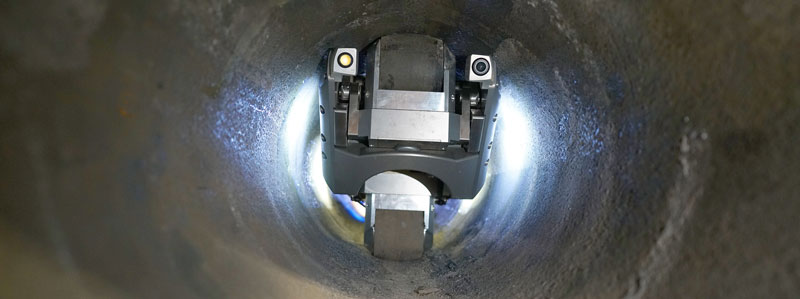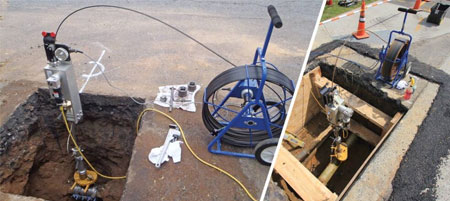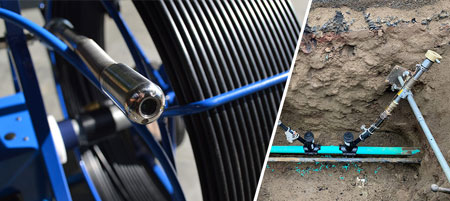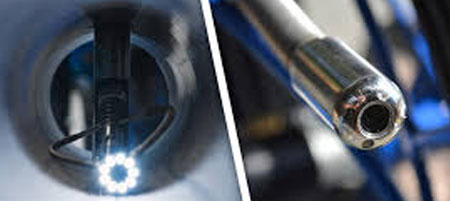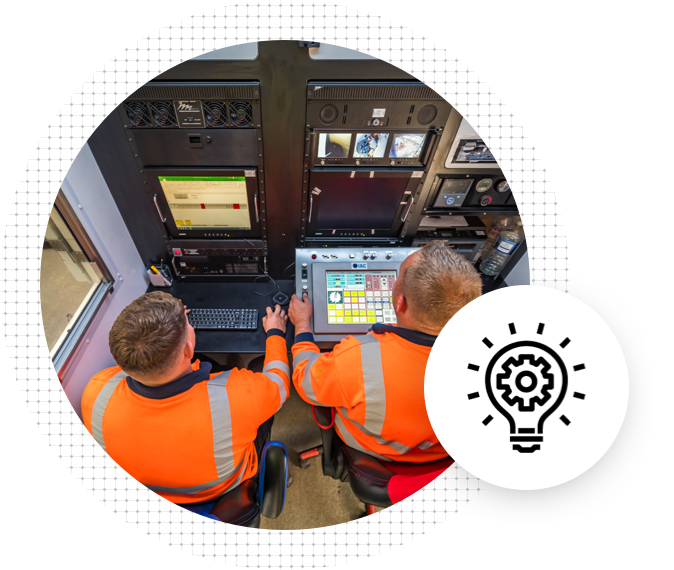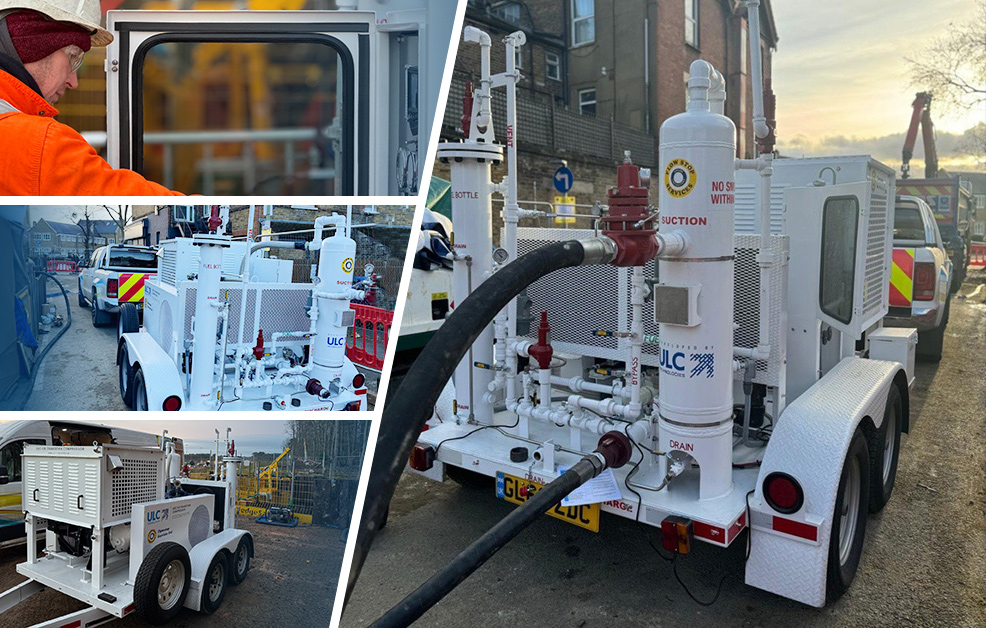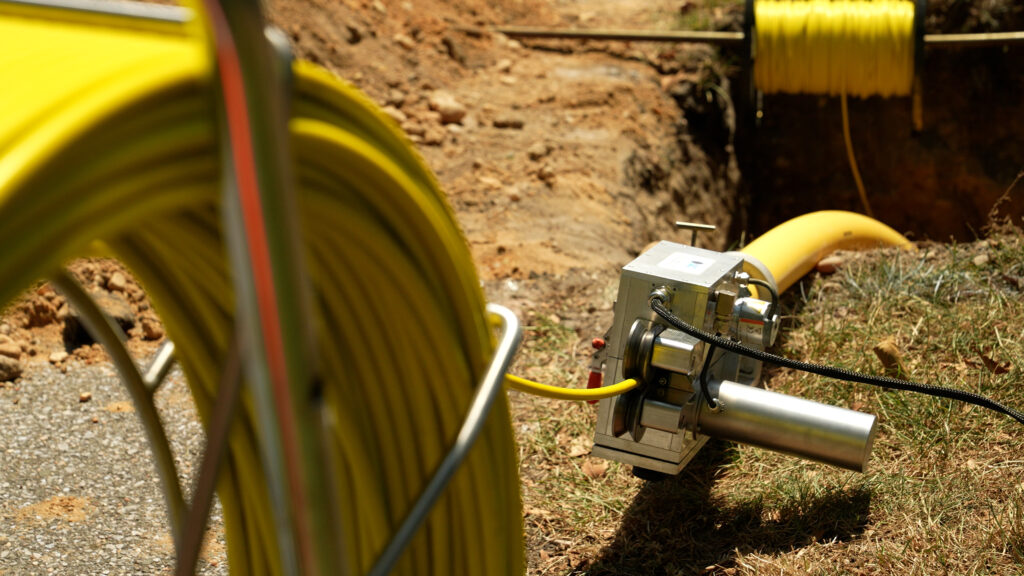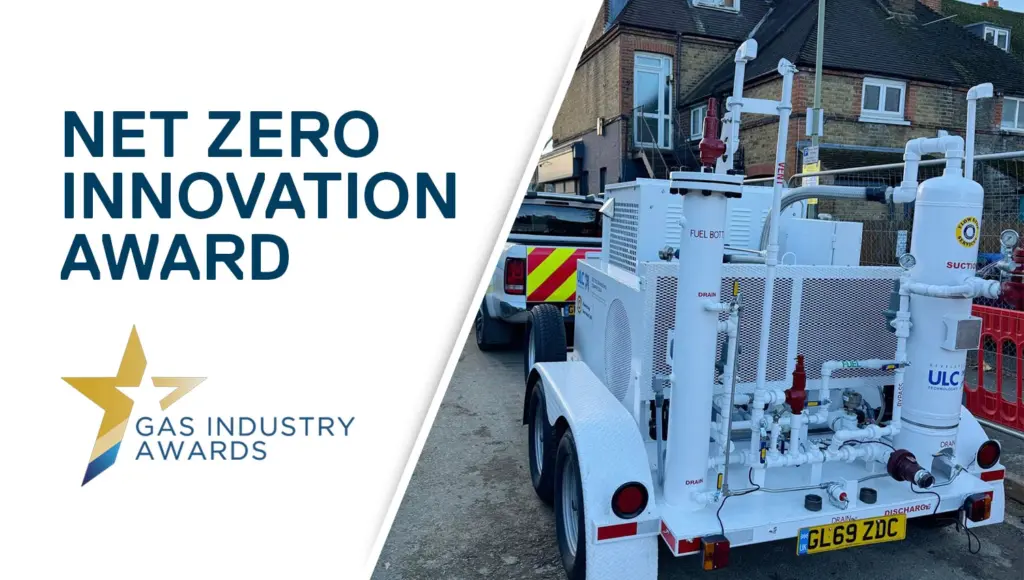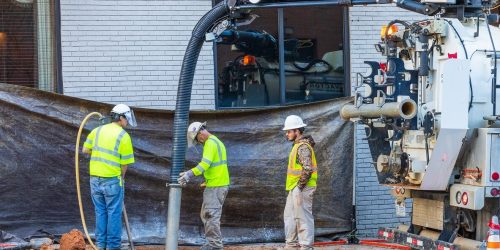It’s hard to have a conversation about utility robots without concerns about job replacement coming up. “The robots are coming for your jobs,” is a common scare tactic. However, a new era of collaboration is emerging in the utilities sector, where robots are not seen as replacements but as powerful tools to enhance human capabilities and ensure safer, more efficient operations.
Utility Robots: Empowering People with Better Tools
In many utility operations, like pipeline remediation and electrical grid maintenance, robots have become powerful allies. Take CISBOT, for example, a utility robot used for trenchless cast iron pipe repairs. Traditional pipe remediation involves digging up roads every 12 feet, causing traffic disruption and requiring workers to perform dangerous tasks near high-pressure gas lines. But CISBOT crawls underground, traveling through pipelines to perform repairs, while operators manage the robot from a small work site. This technology not only protects workers from hazardous conditions but also reduces the need for road closures and manual excavation.
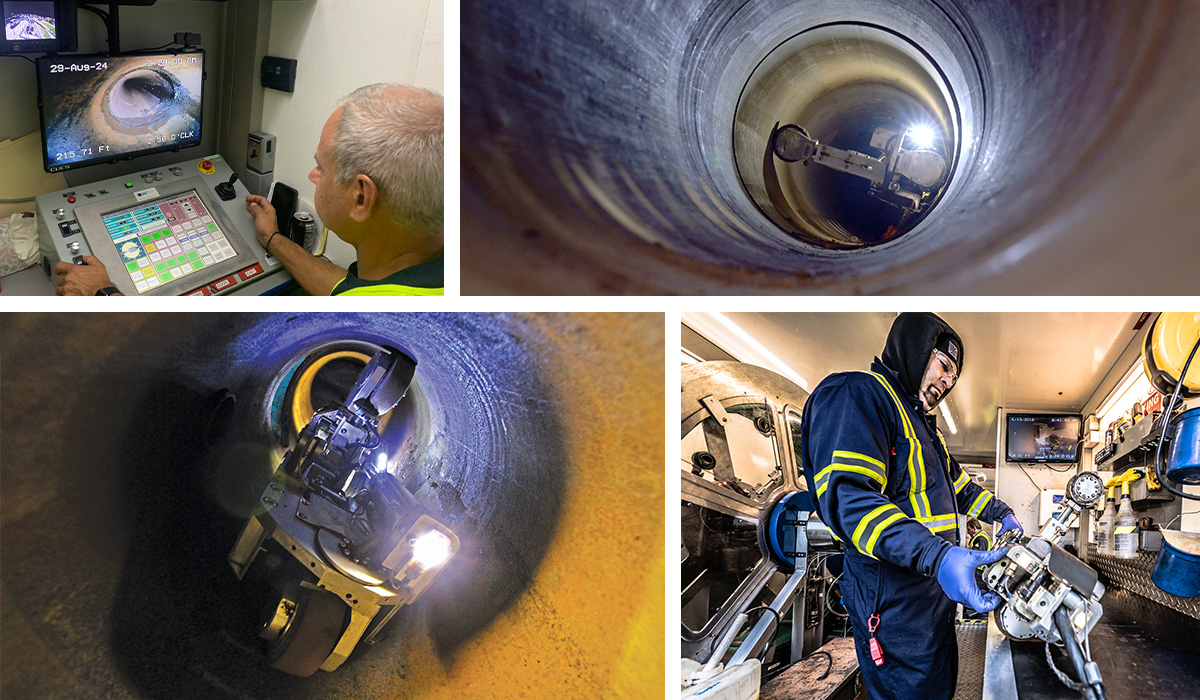
Utility robots like CISBOT are filling roles that would be impossible or incredibly dangerous for humans. However, it’s not about replacing skilled operators—it’s about giving them tools that allow them to use their expertise while keeping them safe and still ensuring precision and efficiency.
Alleviating Workforce Challenges
Like many industries, the utility sector faces a workforce shortage, particularly when it comes to roles that involve physically demanding tasks. In many jurisdictions, like the UK, excavation work near gas pipelines must be done manually—a risky job that can lead to injuries like white finger syndrome from constant jackhammer use. As fewer people are willing to risk their health for such physically taxing jobs, robots are stepping in to ease the burden.
By introducing robots into these environments, utility companies can shift from needing physically strong workers willing to take on risk to employing robot operators who control machines from a safe distance. Using tools like VR goggles, computers, and joysticks, operators can manage robots that take on the hard labor, reducing the physical toll on humans.
AI-enabled robots can also alleviate some of the decision-making tasks in more technical construction roles. For example, they can make low-level decisions like controlling the depth of a cut on a road cutting tool, freeing up the human operator to focus on other priorities fighting for their attention.
This shift makes the industry more accessible to people who might not have previously considered utility work—for example women and people with disabilities—expanding the potential workforce.
Upskilling for a Tech-Driven Workforce
Utility companies limit their potential workforce pool when they rely on workers doing tasks that are demanding and physically taxing on the human body—not to mention potentially dangerous. There are fewer and fewer people willing to take on high-risk work for a paycheck. Companies pivoting to focus on upskilling workers to operate robots are finding a larger pool of candidates willing and able to be trained for the job. This shift is opening doors for new recruits who prefer a safer and more technologically driven environment.
As an example, tasks like prepping medium-voltage cables once required workers to crawl into small spaces wearing heavy safety gear and using tools that demand significant physical strength. Today, an electric cable end preparation system robot can do the heavy lifting with a human installing the machine and operating it remotely. It’s easier to find and train workers for these robot operations roles than for dangerous, physically demanding prep work.
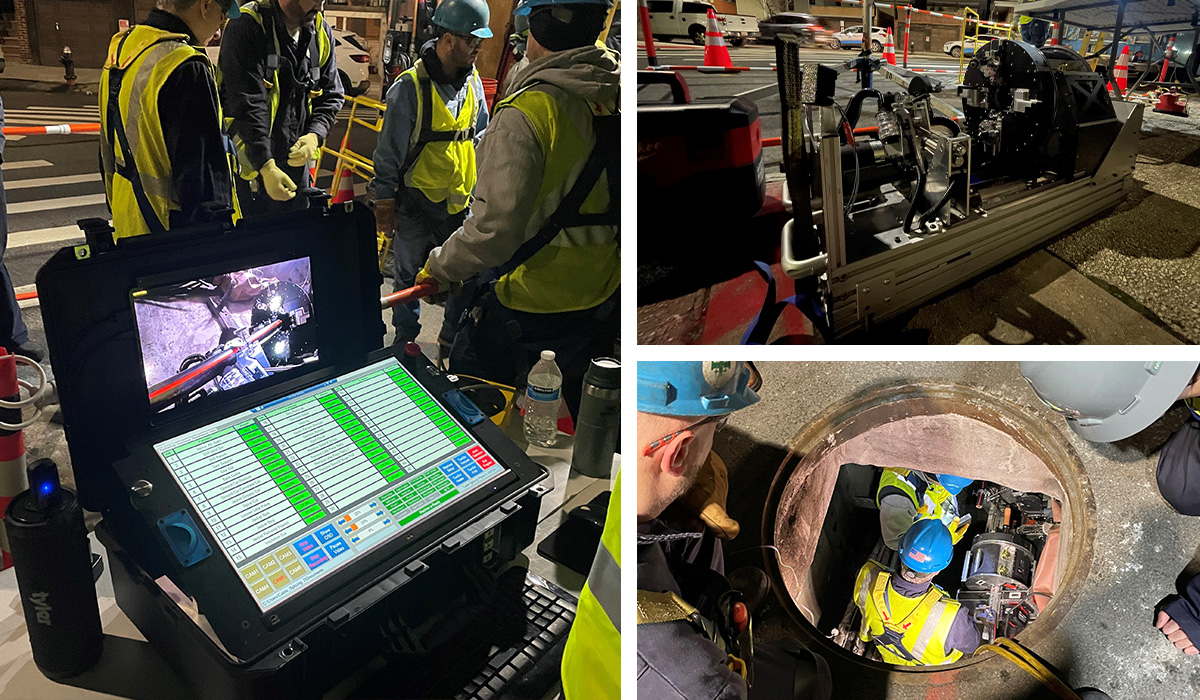
Utility Robots Tackling the Impossible
Many of the tasks robots are performing in utilities are simply impossible for humans to do. Take the air gap inspection robot used in large electrical generators. Inspecting air gaps in turbines usually requires decommissioning the equipment, a process that can take months and costs a fortune in labor, crane operations, and downtime. But now, a small air gap inspection robot can crawl into the air gap to perform the inspection, and operators can complete this work in a matter of hours instead of months. The same operator can inspect multiple turbines in a fraction of the time, generating significant cost savings and keeping the electrical grid operational.
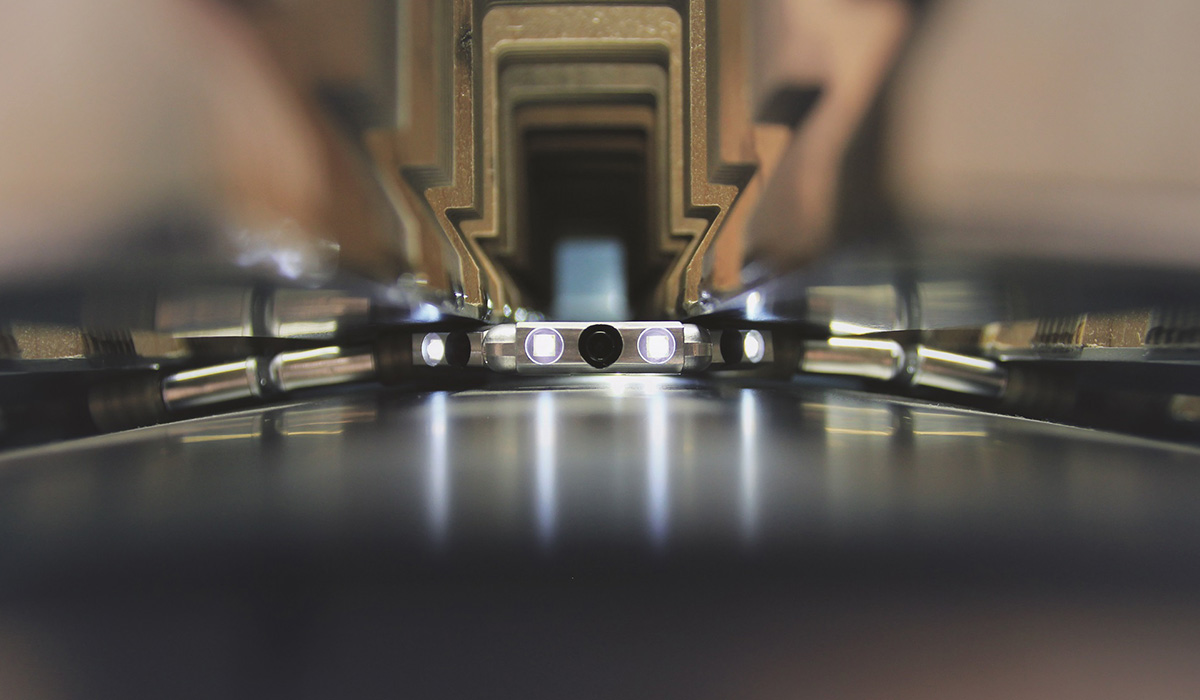
Another example of a complex—perhaps impossible for humans to complete—task being taken on by robots is wrapping a fiber optic cable around existing overhead distribution lines. The Bombyx robot, a fully functional prototype system developed for Meta (formerly Facebook) balances on overhead electric cables and even crawls over insulators like an acrobat. The robot was designed to bring high speed internet access to areas without access by taking on a task humans would be highly ineffective at.
Ensuring Safety and Efficiency
A common misconception is that robots pose a safety risk to humans—picture a rogue machine from a sci-fi moving. But in reality, these robots are built with stringent safety measures. Modern utility robots are equipped with sensors that detect human presence and can immediately shut down if necessary. These robots are far safer than the traditional tools operators might use thanks to the safety checks and balances incorporated into their design.
Much like any other commercial product, robots are subject to rigorous standards. Same as jack hammers and power tools, safety certifications and testing are required for any robot heading into the field. The difference is that robots in utility environments actually reduce human error by providing built-in safety protocols, making the workplace even more secure.
A Collaborative Future
As the utility industry continues to evolve, human-robot collaboration will be key to overcoming the challenges of workforce shortages and increasing operational efficiency. Robots are not a replacement for skilled workers but a critical tool that allows them to do their jobs better, safer, and more efficiently.
By embracing this collaboration, the utility sector is stepping into a future where technology and human expertise come together to solve problems that neither could address alone. It’s a new era of teamwork, and it’s revolutionizing how we think about work in the utilities industry.


